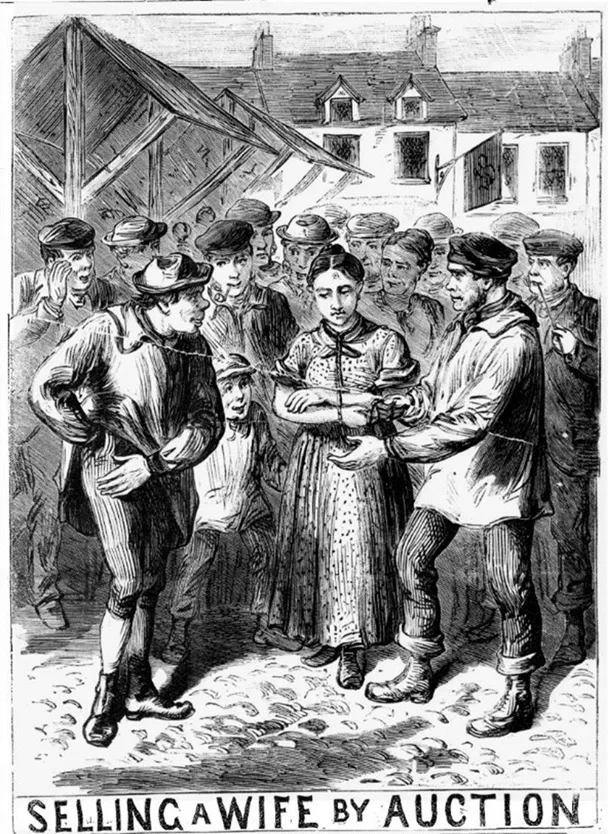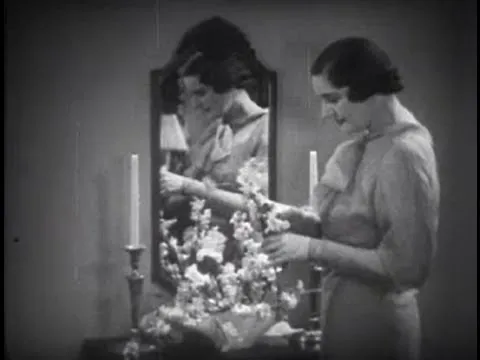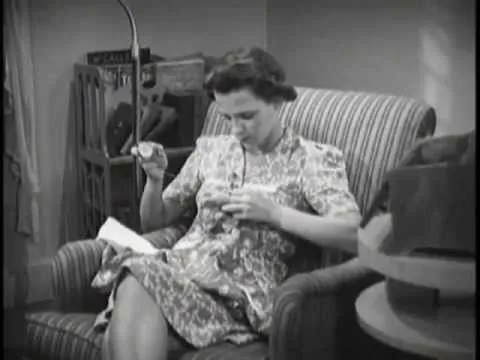Once upon a time when...
"Wives and Daughters were treated like capital assets or commodities by men."

"Women's Sale Certificate"

The first recorded case of wife-selling was in 1553 AD. However, some historians have maintained that the practice was much older and of Anglo-Saxon origin starting in the 11th or 12th centuries. Because of the rise of newspapers, wife auctions were most visible in England between 1750 to 1850. Although the custom did make its way to North America as well. For many in the lower classes however, unable to afford the costs of divorce, wife-selling was viewed as the best alternative not only by the husband but also the wife. Who in most cases would willingly sell herself to another suitor.
«Victorian Era»
«The Demise of an Odd Custom»

Wife-selling like most outlawed customs took a while to finally die out. Since apparently 1913 marked the last reported time when a wife was sold in Leeds. Although for instance, an isolated incidents reportedly happened as late as 1972. However, with the turn of the century wife auctions became the exception rather than the norm.
Most working class women in Victorian England had no choice but to work in order to help support their families. They worked either in factories, or in domestic service for richer households or in family businesses. Many women also carried out home-based work such as finishing garments and shoes for factories, laundry, or preparation of snacks to sell in the market or streets. This was in addition to their unpaid work at home which included cooking, cleaning, child care and often keeping small animals and growing vegetables and fruit to help feed their families.

Despite giving the opposite impression, wife-selling actually benefited women. Protected by the husband’s obligation to not enslave her and calling on the duties of men to financially protect her, wife selling was a less expensive and more efficient way for a woman to leave a dysfunctional relationship and find a better man to assume her rights.
«¿Emancipation?»
Women’s occupations during the second half of the 19th and early 20th century included work in textiles and clothing factories and workshops. In small industries like shirt making, nail making, chain making and shoe stitching. As were also employed in coal and tin mines, working in commerce and on farms. These were known as 'sweated industries' because the working hours were long and pay was very low.
«Breaking Point»
Moral of the story...
Don't sell. ¡Hodl your best assets!
«««-$-»»»
"Follows, Comments, Rehives & Upvotes will be highly appreciated"




